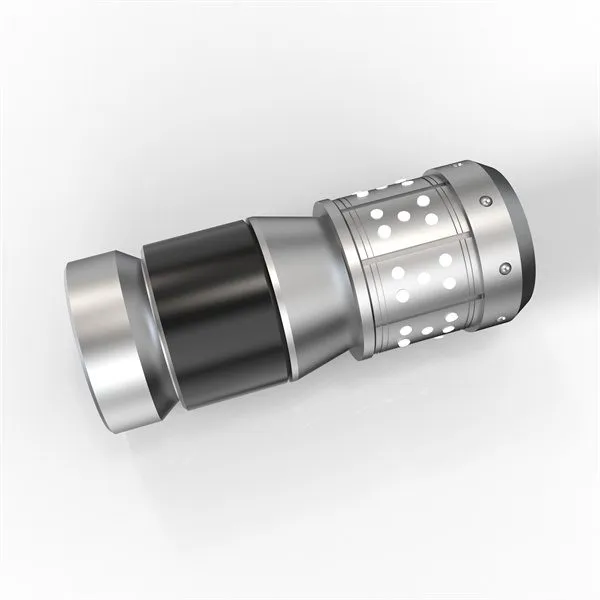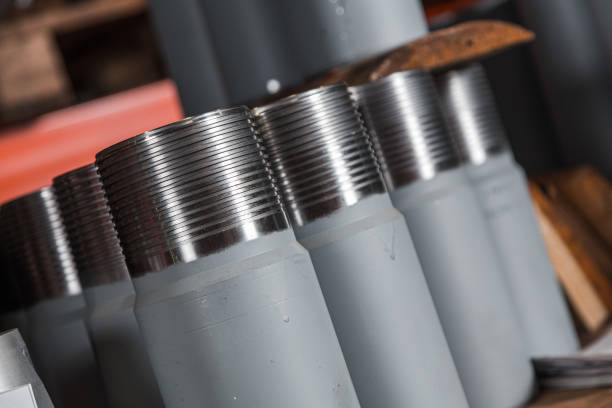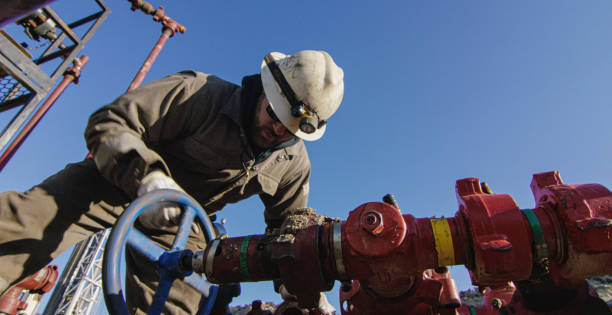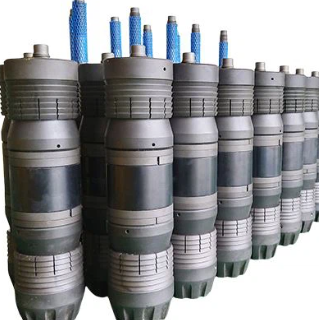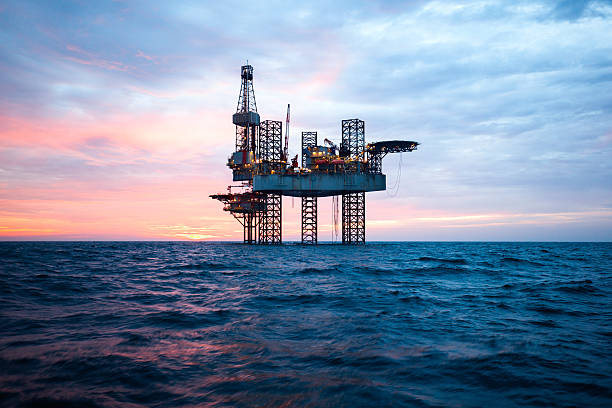Russian

Oil valve
Oil valves
Precise “heart valves” of industrial blood vessels

Between thousands of meters underground oil and gas reservoirs and surface processing facilities, oil valves are like precise “blood valves” that control the direction, pressure and flow of fluids. From the low temperature of -50℃ in the Arctic Circle to the high pressure of 3,000 meters in the deep sea, from acidic oil and gas containing hydrogen sulfide to thermal recovery environments of ultra-heavy oil, this equipment that combines material science, fluid mechanics and intelligent control has always been the core hub of energy security transmission. This article will analyze the technological evolution, key components and future challenges of oil valves, and reveal how they support the complex working conditions of the modern oil and gas industry.
- Material Revolution: A Century-long Leap from Cast Iron to Superalloys
The performance boundary of oil valves is first defined by materials: - Early stage (1900s1950s)
Cast iron valves: pressure limit 2MPa, temperature resistance ≤120℃, susceptible to hydrogen sulfide stress corrosion cracking (SSCC);
Bronze valve seat: hardness HB80, wear life less than 1000 openings and closings, and rapid decay of sealing performance. - Mid-term breakthrough (1960s1990s)
Cast steel valves: ASTM A216 WCB material, pressure resistance increased to 10MPa, applicable temperature 29℃~425℃;
Hard alloy surfacing: Stellite No. 6 alloy coating, valve seat sealing surface hardness reaches HRC40, erosion resistance life extended by 5 times;
Duplex stainless steel: 2205 duplex steel (22%Cr, 5%Ni) has 10 times higher chloride ion corrosion resistance than 304 stainless steel. - Modern cutting-edge (2000s to present)
Nickel-based alloy: Inconel 625 valve body can withstand 20% H₂S concentration and 650℃ temperature, and is used in acidic gas fields;
Ceramic coating: Plasma spraying Al₂O₃TiO₂ composite layer, the friction coefficient is reduced to 0.15, and the particle erosion resistance is increased by 3 times;
Composite material: Carbon fiber reinforced polyetheretherketone (CF/PEEK) valve seat, the density is only 1/5 of steel, and the chemical corrosion resistance level reaches NORSOK M710 standard.
Baker Hughes VetcoGray’s Deepstar series subsea valves use Inconel 718 valve body and tungsten carbide sealing ring, which can withstand 35MPa pressure at 3000 meters deep sea and have a design life of 25 years.
- Structural innovation: multi-dimensional deconstruction of precision engineering
Modern petroleum valves achieve reliable control through five core components: - Valve body structure
Full-bore design: the flow channel diameter is consistent with the pipeline (such as API 6D standard), and the pressure drop is less than 0.1bar;
Multi-stage pressure reduction: the labyrinth valve core gradually reduces the flow rate from 30m/s to 5m/s to avoid cavitation corrosion. - Sealing system
Metal hard seal: cobalt-based alloy sealing ring, the leakage level reaches API 598 VI level (zero visible leakage);
Elastic seal: perfluoroether rubber (FFKM) O-ring has a temperature resistance of 232℃ and a life of more than 50,000 hours in acidic media. - Valve stem drive
Anti-blowout structure: The valve stem and the stuffing box are interlocked with T-slots, and the resistance to internal pressure impact is increased to 70MPa;
Nano-lubrication: Molybdenum disulfide (MoS₂) coating reduces friction by 60%, and the opening and closing torque is ≤200N·m. - Actuator
Electro-hydraulic linkage: Hydraulic cylinder + servo motor achieves 0.1 second emergency cut-off, positioning accuracy ±0.5%;
Intelligent positioner: HART/FF protocol transmits data and supports PID adaptive adjustment. - Safety redundancy
Double blocking and bleeding (DBB): Double valve seat design, automatic cavity pressure release;
Fire safety certification: Fire resistance test for 30 minutes under ISO 10497 standard, leakage rate <40cm³/min. - Technical competition in extreme scenarios
The reliability of oil valves is tested in three extreme environments: - Deep sea high pressure
Underwater valve of Aasta Hansteen gas field in Norway: titanium alloy valve body (Grade 5) withstands 300 bar pressure, ROV remote operation accuracy ±1°;
Anti-methane hydrate design: ethylene glycol is injected into the valve cavity to maintain the temperature >20°C to avoid ice blockage. - Acid corrosion
High sulfur content conditions of Manifa oil field in Saudi Arabia: nickel-phosphorus alloy (NiP) is plated on the inner wall of the valve, and the H₂S tolerance concentration reaches 28%;
Double seal injection system: corrosion inhibitor is continuously injected into the annulus, and the valve stem corrosion rate is <0.01mm/year. - Extremely cold environment
Russia Yamal LNG project: low temperature ball valve (196℃) adopts austenitic stainless steel + cryogenic treatment, leakage level ISO 5208 A;
Electric heating system: silicone rubber heating belt maintains valve body temperature > 50℃, power consumption ≤ 200W/m.
IV. Intelligent and green transformation
Oil valves are undergoing three major technological leaps:
- Digital twin and predictive maintenance
Schlumberger LiveQuest system: real-time monitoring of valve vibration spectrum, prediction of bearing failure accuracy > 90%;
Acoustic emission sensor: capture micro-leakage ultrasonic signals, positioning accuracy ± 10cm. - Low-carbon material revolution
Bio-based sealing material: DuPont Liveo™ Pharma 40 series, carbon footprint is 65% lower than traditional rubber;
Lightweight design: carbon fiber valve body weight reduction of 50%, installation energy consumption reduction of 30%. - Hydrogen energy adaptation and transformation
Anti-hydrogen embrittlement treatment: titanium nitride (TiN) coating on the valve stem surface, suppressing hydrogen permeability > 99%;
Micro-leakage control: metal bellows seal replaces stuffing box, hydrogen leakage rate < 1ppm.
V. Technical challenges and future prospects
The industry still needs to break through three bottlenecks:
- Ultra-high temperature and high pressure: the demand for deep oil and gas extraction (temperature 200℃+, pressure 140MPa+) has spawned yttrium-stabilized zirconia (YSZ) ceramic valves;
- Intelligent penetration: edge computing chips are implanted in valves to achieve autonomous pressure regulation and blockchain data storage;
- Circular economy: detachable modular design, component reuse rate increased to 80%.
According to Grand View Research, the global intelligent oil valve market will reach US$14.2 billion in 2025, with a compound annual growth rate of 8.7%. Emerson, Flowserve and other companies have launched valve solutions that support AIoT to promote the industry’s integrated evolution towards “perception, decision-making and execution”.
Industrial expression of the art of control
From manual gate valves in the steam age to intelligent regulating valves in the digital age, the evolution of oil valves is an epic of micro-control technology. When ceramic-based composite materials break through temperature limits and quantum sensors capture nano-level leaks, this basic equipment is redefining the precision and reliability of fluid control. As stated in Fluid Control Engineering: “Every opening and closing of a valve is a precise dialogue between energy and material science.” In the wave of energy transformation, oil valves are not only control components of pipelines, but also a symbol of industrial civilization controlling natural forces.


